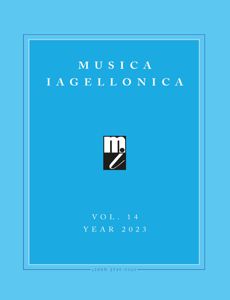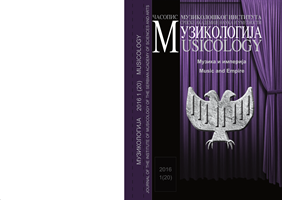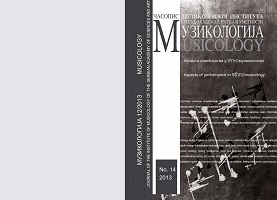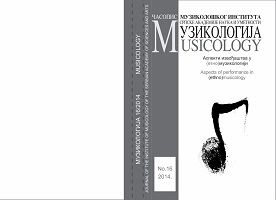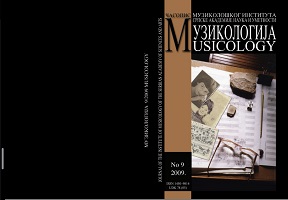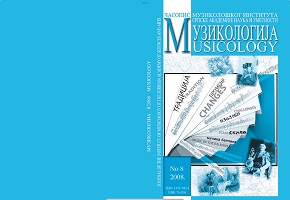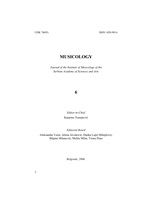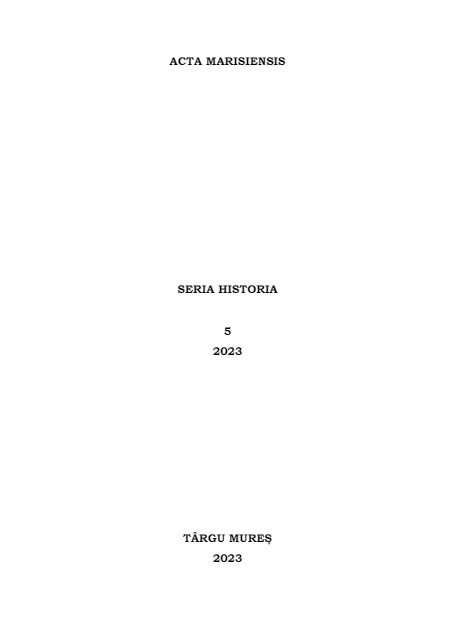Author(s): Jelena Jovanović / Language(s): Serbian
Issue: 6/2006
The founder of modern Serbian ethnomusicology, collector of folk songs, ethnomusicologist, and music pedagogue, Miodrag A. Vasiljević (1903–1963), was a younger contemporary of the famous Hungarian composer and ethnomusicologist Béla Bartók (1881–1945). Bartók was the author of the first synthetic study of Serbian and Croatian vocal folk traditions, which was also the first such study in English. During the same period and immediately after Bartók had completed his study, Miodrag Vasiljević, along with other pioneers of modern ethnomusicology in former Yugoslavia, started to research musical folklore on field at home. Bartók`s study was published a year after Vasiljević`s first book; by 1965 Vasiljević`s other collections, studies and articles had been published (most of them in Yugoslavia, i.e. in Serbia). Independently of Bartók, yet almost simultaneously, Vasiljević had written down hundreds of melodies and studied some elements of Serbian and South Slavonic traditional culture: tonality, rhythm, melodic modes and terminology. This was in adition to his great work experience on field and his empirical insight into the fundamental characteristics of musical folklore in this area,. The final result that he wished for, but unfortunately, did not manage to complete, was a synthetic study of Serbian and South Slavonic musical folklore. Vasiljević`s margin notes, handwritten comments on Bartók`s findings, published here for the first time, are considered to be a source of information about his attitude towards Bartók`s assumptions and explanations, as well as showing the results of Vasiljević`s own work, and the ambit of his study focus. Bartók`s and Vasiljević`s primary motives in their approach to South Slavonic traditional music were different. While Bartók was interested in features of South Slavonic tradition, so that he could note the particular features of the Hungarian music heritage more clearly, Vasiljević studied the regularities of Serbian folk music, approaching it in comparison with other South Slavonic traditions. This diversity determined their approach to the material. Bartók often leaned on his excellent knowledge of other traditions and drew conclusions from facts that were familiar to him. In contrast, Miodrag Vasiljević paid more attention to questions relating to the wider issue of the authochtonous development of Serbian musical folklore. Many of Vasiljević`s comments on Bartók`s study are classified here in the following categories: 1) comments in which he expresses agreement with Bartók; 2) comments in which he gives precious supplements to Bartók`s observations; 3) comments in which he expresses dissagreement with Bartók: a) argumented and b) with no evident arguments; 4) comments in which an incomplete understanding of Bartók`s findings is reflected; and 5) comments which indirectly refer to a professional aspect of Bartók`s work. Some of the comments, according to their wide, still unstudied subject matter, demand greater added elaboration, and thus have not been covered in detail in this paper. Insight into Vasiljević`s comments on Bartók`s study is significant for experts outside Serbia who have little information on continuity in the development of the Serbian school of ethnomusicology, and are also importnat because of the huge degree of disproportion in the two scholars` work display.
More...
